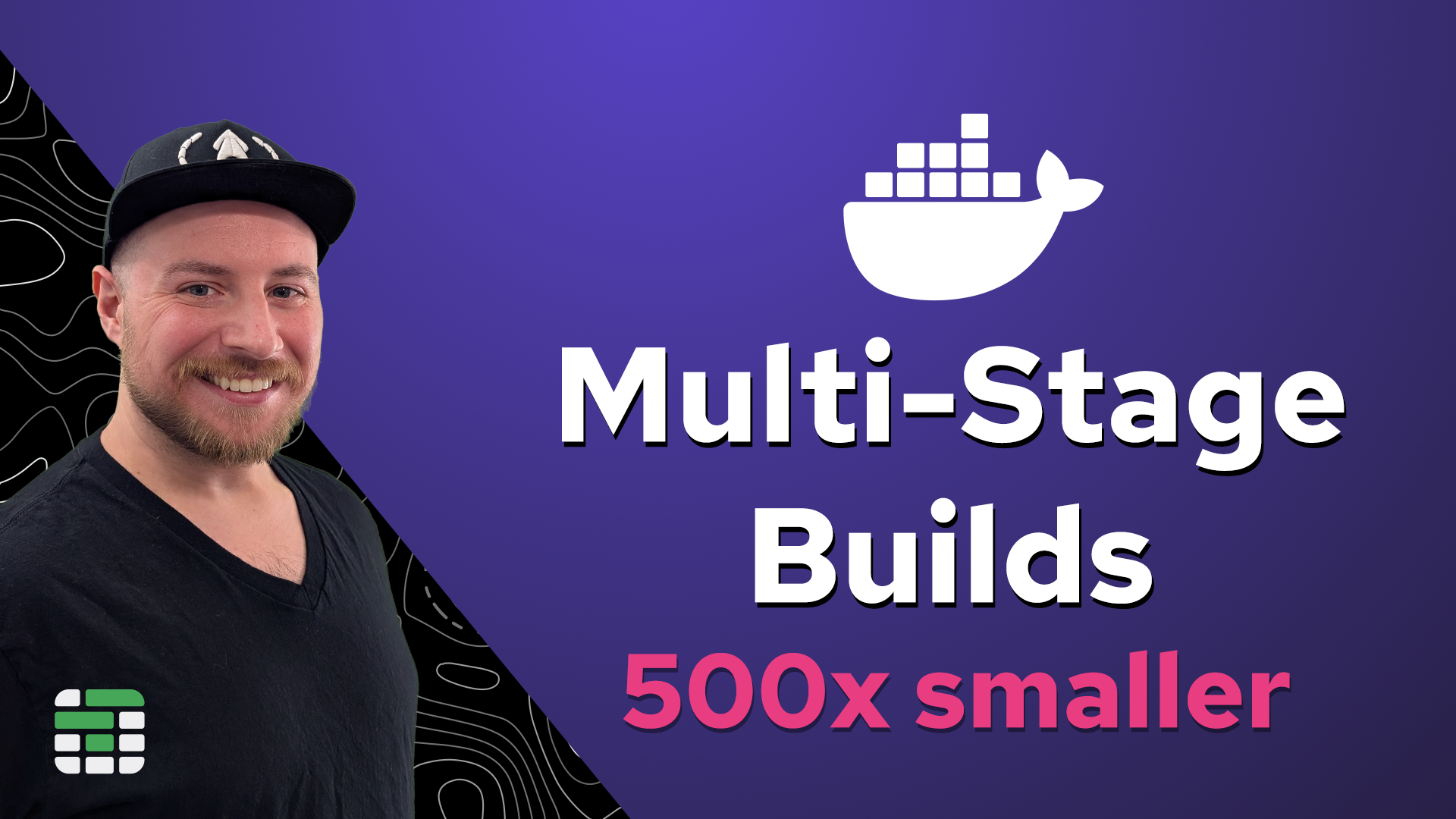Edit - marking as solved.
- Remote path: /home/seedit4me
- local path: /data
This is now working, I don't know why it wasn't before.
‐------------
I have followed the docs and have the recommended folder structures for my Plex and arrs setup.
sonarr has a volume set as /data which gives it access to e.g.
/data/usenet/downloads
This is working fine with SABnzdb
I am using a seedbox for torrents. Looking at ruTorrent on the seedbox, I can see that the local download folder there is set to:
/home/seedit4me/torrents/rtorrent
sonarr is reporting "No files found are eligible for import in:
- /home/seedit4me/torrents/rtorrent/Completed/tv-sonarr/filename.mkv
I have set a remote path in the download clients page in sonarr as follows:
- Host - ****.seedit4.me
- Remote path: /home/seedit4me
- local path: /data
I have ftp'd the mkv file to actual folder structure:
- /data/torrents/rtorrent/Completed/tv-sonaar/filename.mkv
The permissions on this file are:
the folder permissions are:
- drwxrwxr-x 2 myacct myacct 4096 Aug 2 11:41 .
- drwxrwxr-x 3 myacct myacct
My uid=1000(my acct), same for gid
I have set these as the PUID and PGID env variables in sonarr
The log file in sonarr is reporting:
|Error|DownloadedEpisodesImportService|Import failed, path does not exist or is not accessible by Sonarr: /home/(removed)/torrents/rtorrent/Completed/tv-sonarr/filename.mkv
Seeing this, i tried mapping /home/(removed)/ to /data/ but that doesn't work either.
Can anyone guide me on what I am doing wrong? I feel like I've checked everything so I can't understand the issue at all.---
